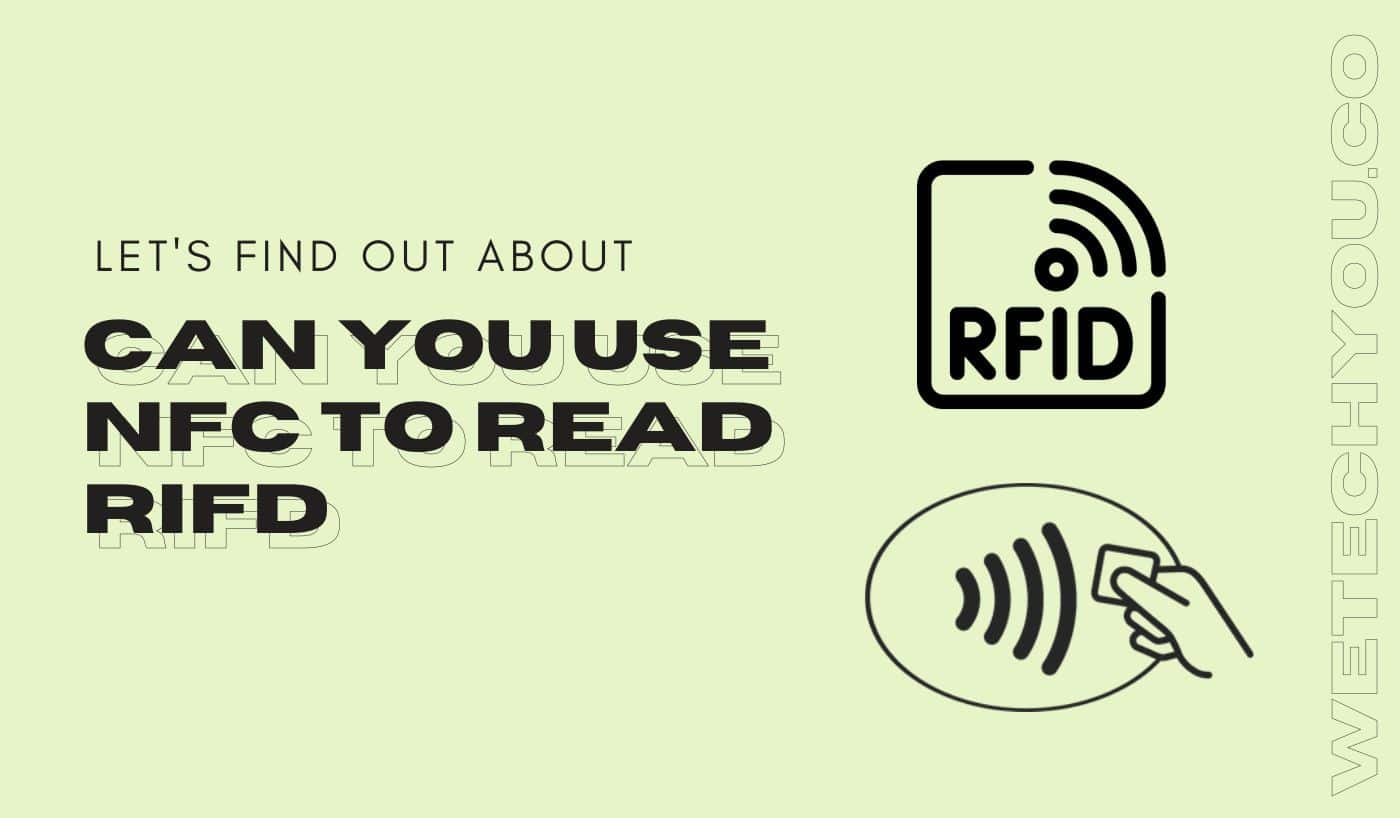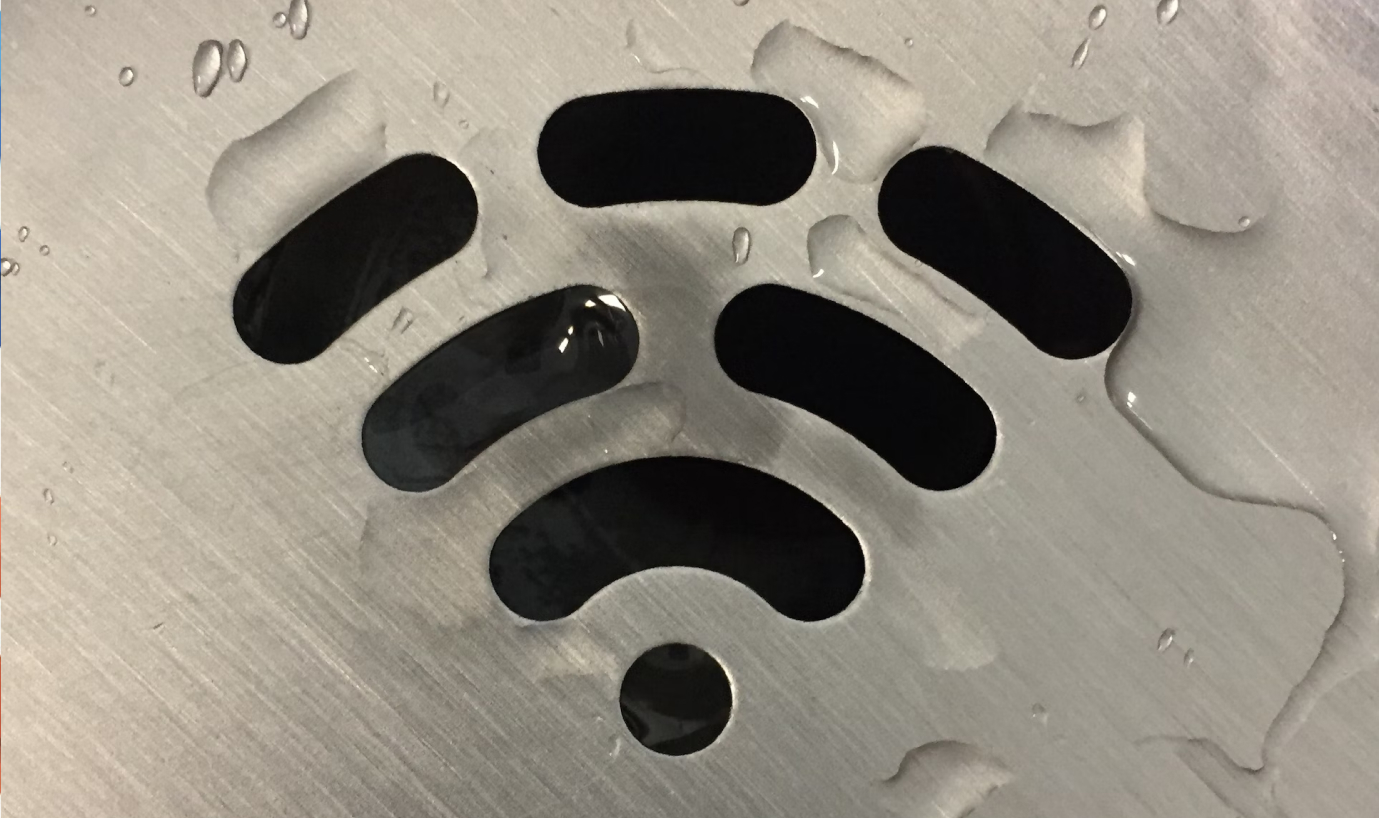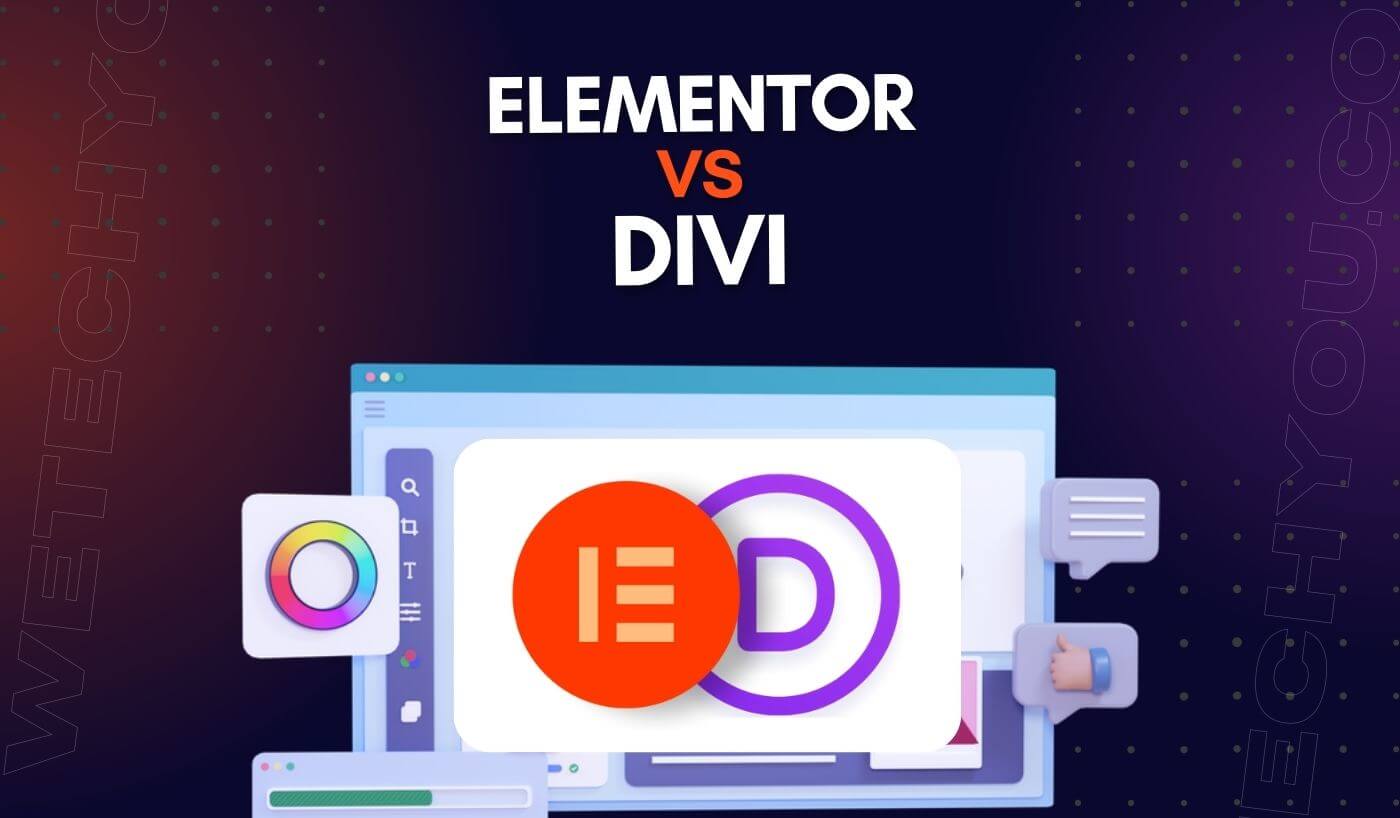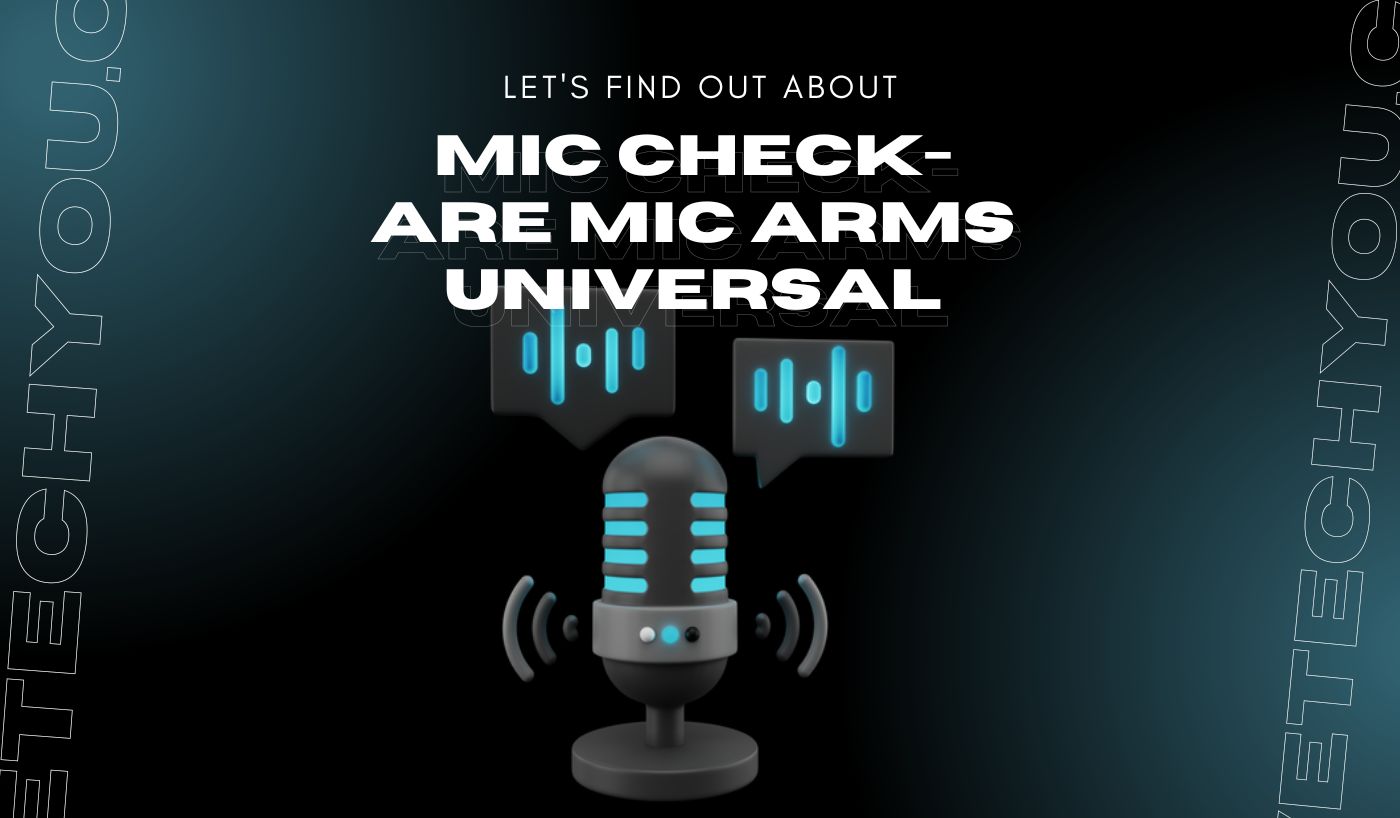Radio Frequency Identification (RFID) technology has revolutionized businesses and individuals tracking and managing inventory, assets, and personal items. According to a report by Grand View Research, the global RFID market size is expected to reach USD 31.9 billion by 2027, growing at a CAGR of 11.6% from 2020 to 2027. This statistic reflects the increasing adoption of RFID technology across retail, healthcare, logistics, and other sectors.
With Near Field Communication (NFC), RFID technology has become more accessible and convenient. When combined, RFID and NFC create a powerful combination that allows for quick and easy reading of RFID tags using smartphones, tablets, or NFC-enabled devices.
By leveraging NFC technology, businesses can streamline inventory management, improve supply chain visibility, enhance customer experiences, and prevent counterfeiting. Additionally, individuals can utilize NFC-enabled devices to track personal belongings, access electronic tickets or payments, and unlock smart locks or vehicles.
Whether you are a tech enthusiast looking to expand your knowledge or a business owner seeking to optimize your operations, this blog post will provide valuable insights into the world of RFID and NFC. Without further ado, let’s get started…
What is RFID?
RFID stands for Radio Frequency Identification. This technology uses radio waves to identify and track objects or people automatically. RFID systems typically consist of an RFID tag, comprising a microchip and an antenna, and an RFID reader, which sends and receives radio signals to communicate with the tag. The tag can be attached or embedded in various items, such as products, animals, or even humans. When the tag comes within range of the reader, it receives power for its unique identification information wirelessly, allowing for quick and accurate identification and tracking of the tagged object or person.
What is NFC?
NFC, or Near Field Communication, is a wireless communication technique that allows devices in proximity (usually within a few centimeters) to interact with one another. By putting devices near together, it enables data transfer, wireless transactions, and connection establishment. For contactless payments, data transmission, access control, and other applications, NFC is used in smartphones, tablets, payment terminals, and other electronic devices.
How does an RFID Reader Operate?
An RFID reader communicates with RFID tags or transponders using radio frequency identification (RFID) technology. It is made up of three major parts: an antenna, a transceiver, and a decoder.
Here is a step-by-step process of how an RFID reader operates:
- Power-up: When the reader is powered up, it generates an electromagnetic field using the antenna.
- Tag detection: When an RFID tag enters the reader’s electromagnetic field to energize and receive power wirelessly.
- Tag response: The energized RFID tag sends back a signal that includes its unique identification number and other relevant information. This signal is also sent by modulating the electromagnetic field generated by the reader.
- Signal reception: The reader’s antenna receives the signal sent by the RFID tag.
- Signal amplification: Transceiver (transmitter and receiver combination) amplifies the receiving signal.
- Signal decoding: The amplified signal is decoded by the reader’s decoder circuitry to extract the unique identification number and other data from the RFID tag.
- Data processing: The reader’s microprocessor or controller processes this data for various purposes, such as inventory management, access control, or tracking.
- Output: The processed data can be displayed on a screen, transmitted to a computer or database, or used for further actions depending on the application.
It is important to note that different types of RFID readers may have additional features or capabilities, such as the ability to write data to RFID tags or support different frequencies and protocols.
Can NFC be used to read RFID?
NFC (Near Field Communication) and RFID (Radio Frequency Identification) are different technologies with different operating frequencies and protocols. They are not directly compatible with each other. However, some NFC devices support reading certain RFID tags, specifically those that operate at the same frequency as NFC (13.56 MHz) and use compatible protocols, such as ISO 14443.
What are the RFID Reader Abilities?
RFID (Radio Frequency Identification) readers have several abilities, which include:
- Real-time tracking: RFID readers can track the movement of RFID tags in real time. This ability is valuable in inventory, asset tracking, or supply chain management.
- Data transmission: RFID readers can transmit the scanned data to a computer or a central system via wired or wireless communication. This allows for real-time data integration with existing systems and databases.
- Integration with other technologies: RFID readers can be integrated with other technologies like barcode scanners, GPS, or IoT (Internet of Things) platforms. This integration enables more comprehensive and accurate data collection and analysis.
- Multi-protocol support: RFID readers can support multiple RFID protocols, such as ISO 14443, ISO 15693, EPCglobal UHF Gen2, NFC, etc. This compatibility allows for interoperability with a wide range of RFID tags.
Despite how the term “RFID reader” is commonly used, RFID readers may also write new data to an RFID tag. Naturally, there will be roadblocks.
What is a Passive RFID Reader’s Maximum Reading Range?
The maximum reading range of a passive RFID reader typically depends on several factors, such as the reader power output, the sensitivity of the reader antenna, the frequency of operation, and the environment in which it is deployed.
However, the reading range for passive RFID systems is relatively short compared to active RFID systems. Passive RFID readers usually have a reading range of a few centimeters to several meters, depending on the specific RFID technology.
For example, low-frequency (LF) passive RFID systems typically have a reading range of up to 1 meter, while high-frequency (HF) passive RFID systems have a range of around 1-3 meters. Ultra-high-frequency (UHF) passive RFID systems can achieve a reading range of up to 12 meters or more, depending on the specific implementation and environmental conditions.
It’s important to note that these ranges are approximate and can vary depending on factors such as tag type, antenna design, tag orientation, interference, and surrounding materials.
What are the Most Recent Trends of RFID readers?
1. Credentials for Mobile Devices
One of the recent trends in RFID readers is the integration of credentials for mobile devices. With the increasing use of smartphones and mobile applications, RFID readers are now being equipped to recognize and authenticate mobile credentials. This allows users to use their smartphones for access control or identification purposes, eliminating the need for physical cards or tokens.
2. Multi-Factor Identification
Another trend in RFID readers is the adoption of multi-factor identification methods. In addition to the traditional RFID card or tag, newer readers now support additional factors such as biometric authentication (e.g., fingerprints or facial recognition) or PIN codes. This provides an extra layer of security by requiring multiple forms of identification for access.
3. Solution for Contactless Authentication
RFID readers now offer solutions for contactless authentication, which is particularly relevant in the current COVID-19 pandemic. These readers enable individuals to authenticate themselves without physically touching the reader, reducing the risk of contamination, and promoting a hygienic environment. This can be achieved through proximity sensing, where the reader can detect and authenticate a user’s RFID card or mobile credential from a short distance without direct contact.
Overall, the recent trends in RFID readers focus on enhancing convenience, security, and hygiene in access control and identification systems.
Final Words
Understanding RFID reading with NFC technology has significant practical implications in various industries. By utilizing NFC-enabled devices, businesses can enhance inventory management processes, streamline access control systems, and improve customer experiences. The ability to capture data effortlessly and securely through RFID technology opens new possibilities for efficiency and innovation.
However, it is crucial to prioritize security measures to mitigate potential risks and protect sensitive information. As NFC and RFID technologies evolve, staying updated on advancements and embracing the potential benefits will undoubtedly contribute to organizational growth and overall success.




